Kuih Bankit

Kuih Bangkit is a traditional Nyonya biscuit or cookies. It is made from Tapioca flour. Some people use arrow root flour as well. Coming from not so well-to do background, we used only tapioca flour as arrowroot flour is more expensive.
Kuih is a collective noun for cakes or puddings or snacks. It is a Malay word with the same meaning.
My mother would start to make Chinese New Year things like cakes and biscuits shortly after ‘Tang Chek’. That gives us about a month to prepare for the Lunar New Year. Making New Year Goodies were very time consuming when we did not have appliances to help us.
I remember waking up at about 6.30 in the morning on the days that we made the goodies. I would be the one who did the ‘donkey’ work, i.e., the laborious tasks like squeezing the ‘santan’ or coconut milk from the grated coconut. We used to grate the coconuts ourselves before the grating machine was invented. So you can imagine the work.
Whisking the eggs was another laborious job which I had to do. Imagine whisking 30 to 40 eggs in a go with a spiral spring whisk. It took hours.
I tried making kuih Bangkit last year and it was not successful. The mould that I had was a bit deeper than the ones that I was used to long ago. This time round, I had new moulds brought over by my sisters when they came to visit. So this time it was a success.
I have not made Chinese New Year biscuits for quite some time now, come to think of it since, it was since I left home to go to college!! So my memory is a bit dodgy, but I did finally get it right.
So here is the recipe.
Kuih Bangkit
It is important to fry the flour to remove the moisture so that the biscuit can be light, and absorbs more santan. This will give the biscuit a nicer flavour.
Instead of frying the flour, I tried drying it in a warm oven and it did work. However, my daughter passed by me in the kitchen and saw me doing it and told me that it was very dangerous to do that.
So I checked with my husband about it and he confirmed that it is very dangerous and flour can explode if there are sparks around. This is especially so when flour is transported in ships!! So I learn something new!!
So, the moral of the story is: do Not dry the flour in the oven. Fry them in a wok, and your kitchen will be white, but never mind, better be safe than sorry.
Quick Info
Makes About 200-230 pieces, depending on the size of the mould
Cost: £
Time: About 2 hours
You will need to prepare the flour at least a day before.
Ingredients
650g Tapioca Flour
2 pc Pandan leaves cut to 4cm length
3 Egg yolks
250ml Santan or thick coconut milk. Or from tin
150g Castor sugar
Red food colouring
- Fry the tapioca flour and the pandan leaves in a dry wok until it is light, and leaves the side of the wok. Leave it to cool overnight.
- Put the egg yolks and the sugar in a mixer and whisk at high speed until the mixture is pale and foamy.
- Add the coconut milk gradually.
- Then add in half of the flour and mix thoroughly. Add in more flour and knead until you have pliable dough. You will probably use about 2/3 of the flour. The rest of the flour is to be used when handling and shaping the biscuits.
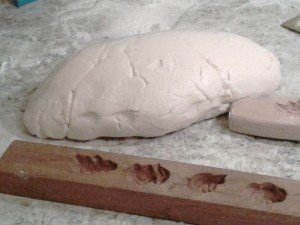
- Dust the kuih bangkit mould with a bit of the tapioca flour. Place a piece of the dough into the moulds and slice off excess with a blunt knife.
- Knock the biscuits out of the mould by bashing it gently on the worktop, facing down. The biscuits will drop out.

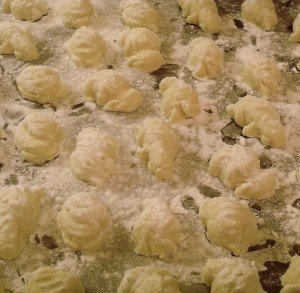
- Dust a baking sheet with the flour and arrange the biscuits onto it.
- Repeat until you fill up the baking sheet.
- Bake at 170C for about 15 to 25 minutes depending on the size or thickness of the biscuits and whether you prefer a pale or light brown biscuits.
- Cool.
- Use a skewer and dip in a little red food colour and dap on the ‘eye’ of the busicuits.
- Repeat the process until you use up all the dough.
- When cool, pack the biscuits in an air tight container
- It will last for months if kept airtight containers.
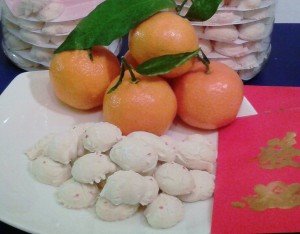
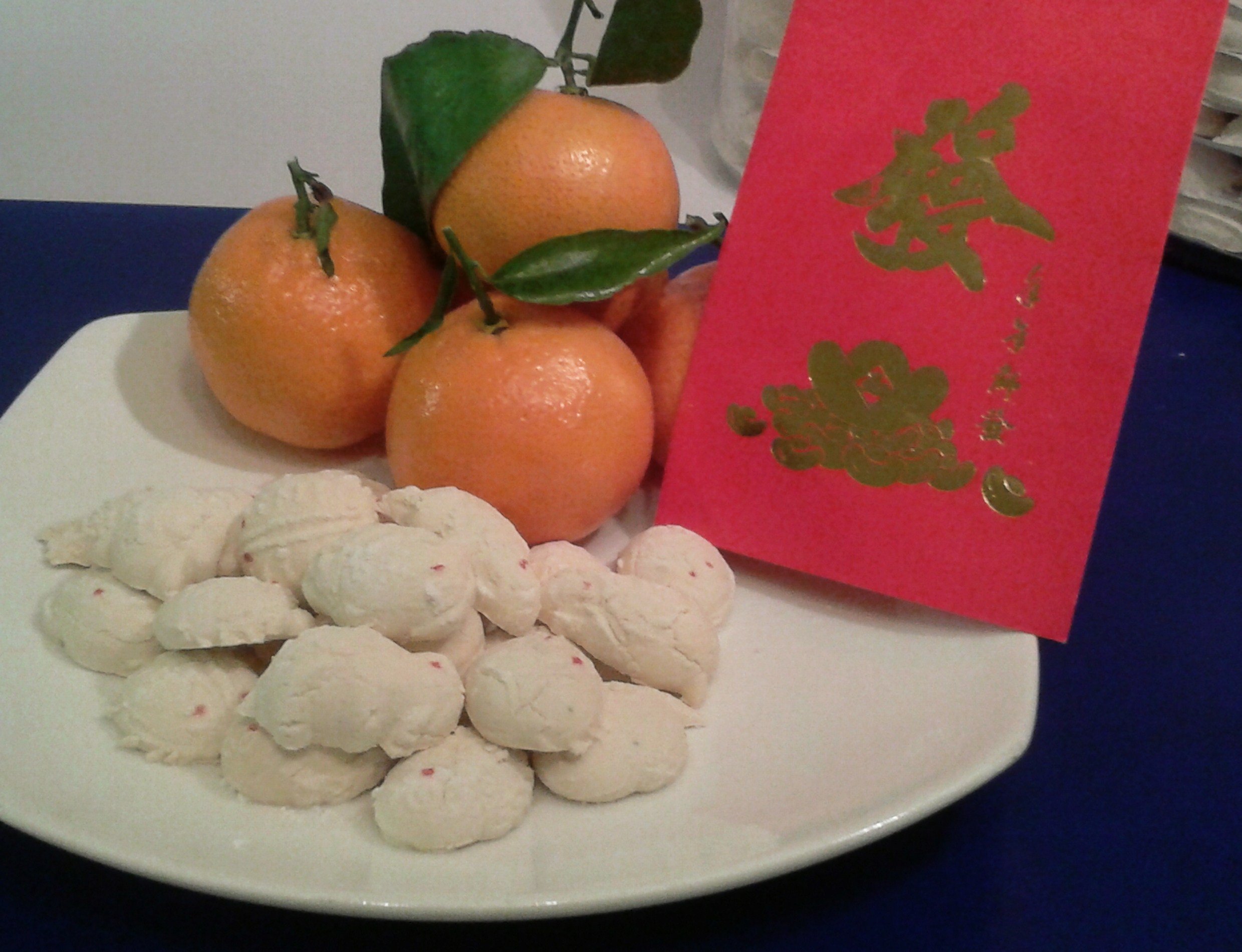
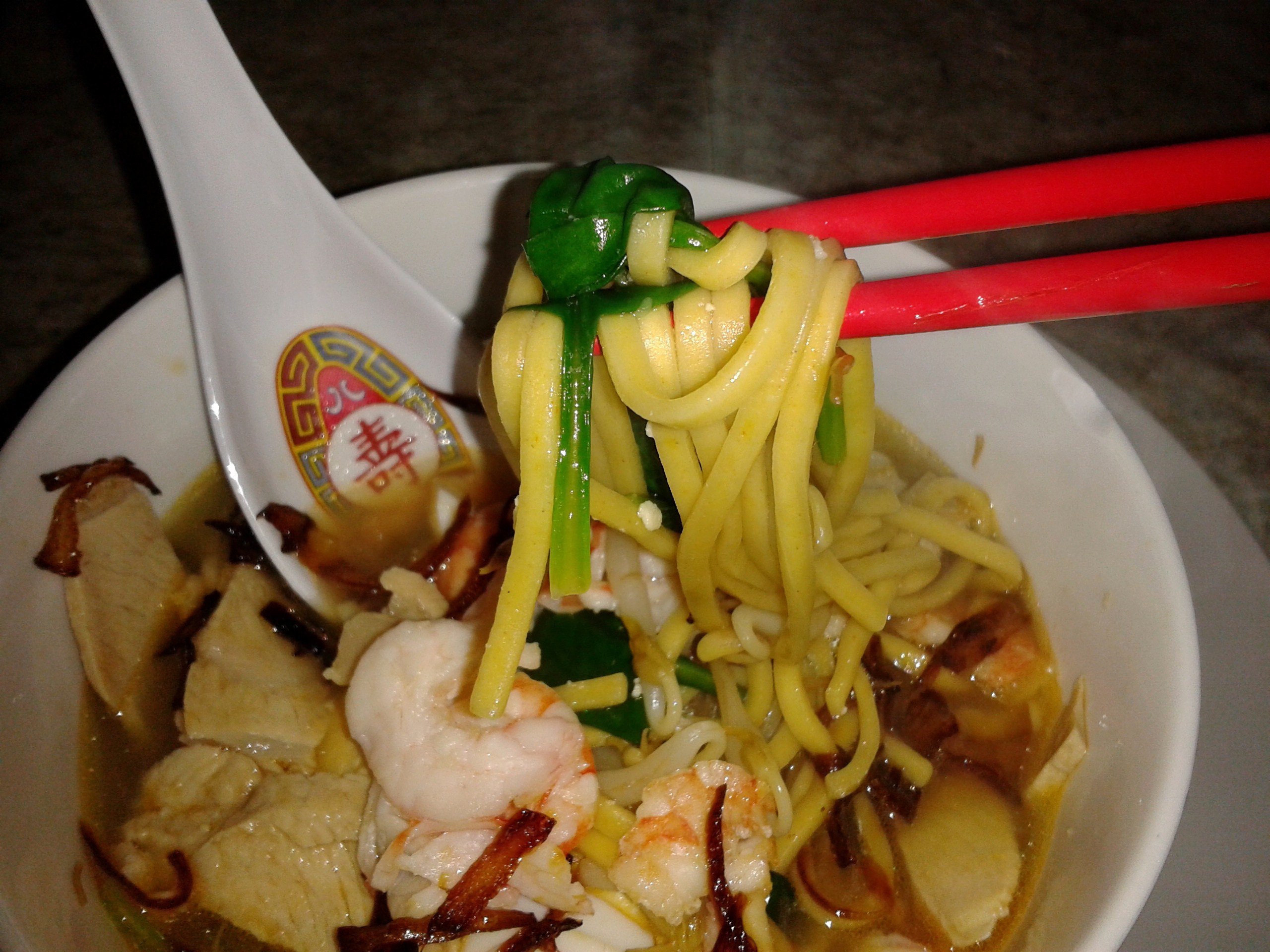
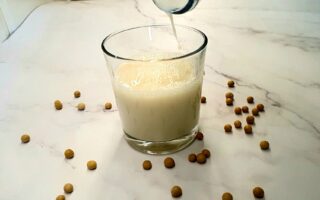
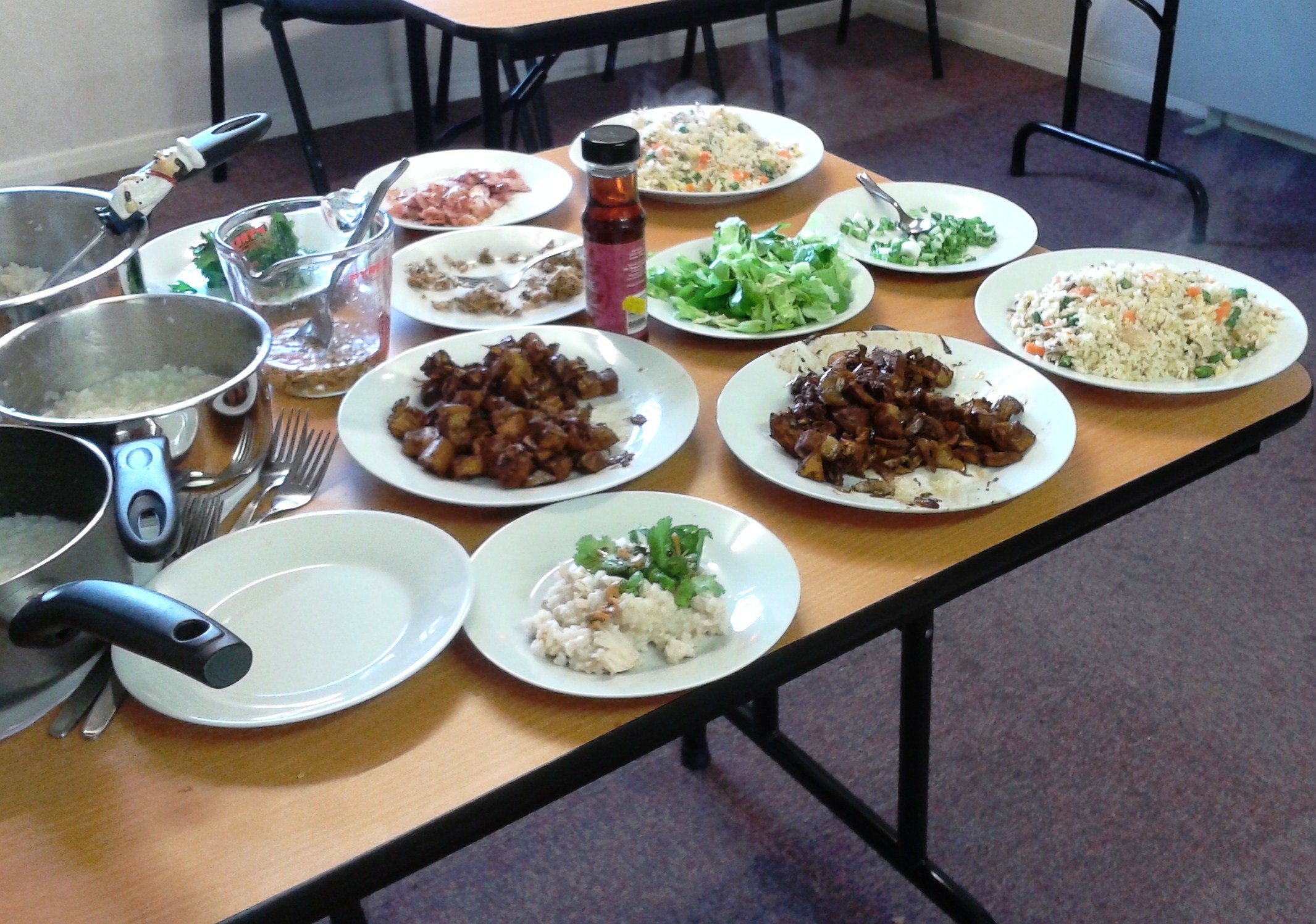










[…] Kuih Bangkit […]